Sexual fluidity is a normal part of young adulthood
It’s okay to not understand your own sexuality
Growing up, many of us were not taught about different sexualities and had a very limited, heteronormative idea of what sex and romance should look like. While there is a growing media and discourse about different sexual orientations, I do not see much asexual or aromantic representation in an abundance of hypersexualized American media. I regard the spread and hyper-sexualization of mainstream media as male-serving and desensitizing albeit aesthetically pleasing.
I find that the portrayal of sexual relationships exposed to us places an undue pressure on both men and women to perform their sexuality in a limited, normative way. I and other women prefer watching Korean, Japanese, Thai or Chinese TV shows that prioritize romanticism over sex to define intimacy. While it is quite obvious that everyone’s needs for intimacy differ, there is a lot of confusion, shame and anxiety regarding college relationships when some sort of set standard exists.
Freshman year, I found myself greatly disinterested, disappointed and confused about who I was attracted to. While being emotionally or aesthetically attracted to many people, sexual attraction did not follow. Before college, I had aligned myself with orthodox Christianity and considered myself strictly heterosexual as a default. Although I had a close-minded idea of sexuality and limited understanding back then, I still feel the same confusion now about how unpredictable and limited my attraction is towards others. Somehow, my inability to desire a “more-than-friends” relationship with anyone brought about a sense of shame and created distance between me and others. As a freshman trying to make friends, I felt frustration when bridges of friendships and relationships were burned by my lack of desire for “more” or the inability to reciprocate.
A friend that I trusted with these feelings handed me a Trinitonian article by columnist Natasha Sahu where she talked about her asexuality. Reading our similar experiences, all the feelings I couldn’t understand felt validated by her words. I have since then toggled with the prospect of being asexual, aromatic or demisexual, and eventually stopped worrying about terminologies. I still have a very limited understanding of sexuality and would like to educate myself more on this subject. I consider myself to be sexually fluid because I am open to the idea that my sexuality could and has changed based on circumstances, encounters, environments and mental states. I think that sexual fluidity also applies to those who drift between sexuality and asexuality, being romantic and aromantic.
If sexuality can be fluid, why is there a need to categorize? Knowing the complexity of attraction helps you understand yourself, feel validated and communicate transparently with others about priorities. It also helps to bridge mind-body connections and disconnections that occur. In her piece, Natasha Sahu mentions that asexuality is a spectrum, not a category. Perhaps I’m not even “categorizing” myself right, or fully understanding what I want emotionally, physically, romantically. However, I allow myself this confusion as a 21-year-old yet to experience more in life.
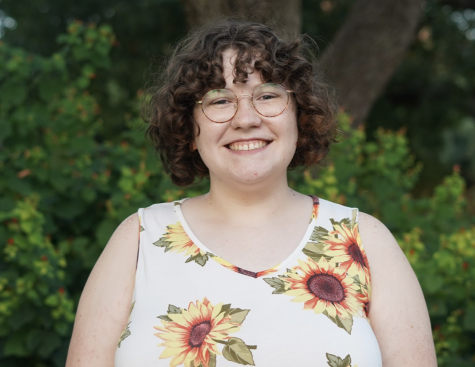
I'm a senior Computer Science major and a Classical Studies minor from Newton, North Carolina with a passion for art. I also work at the Center for Experiential...

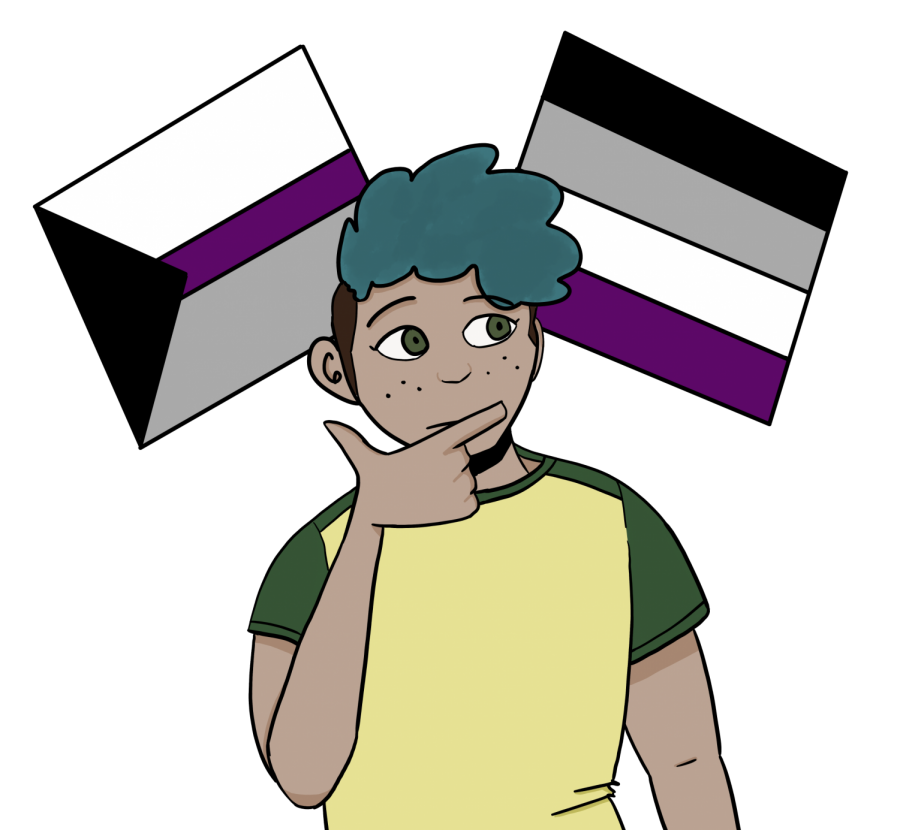
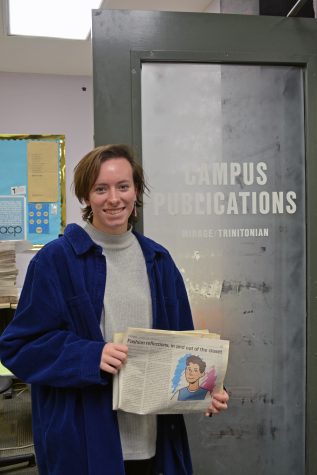
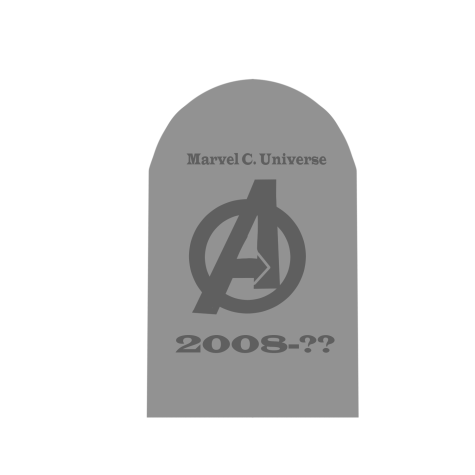


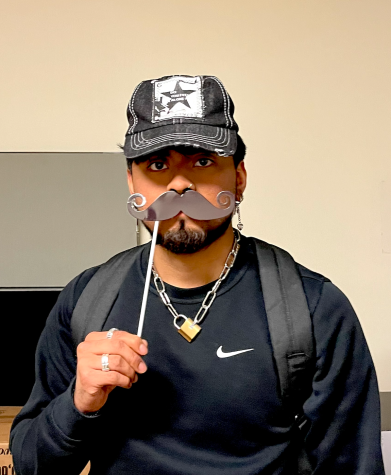
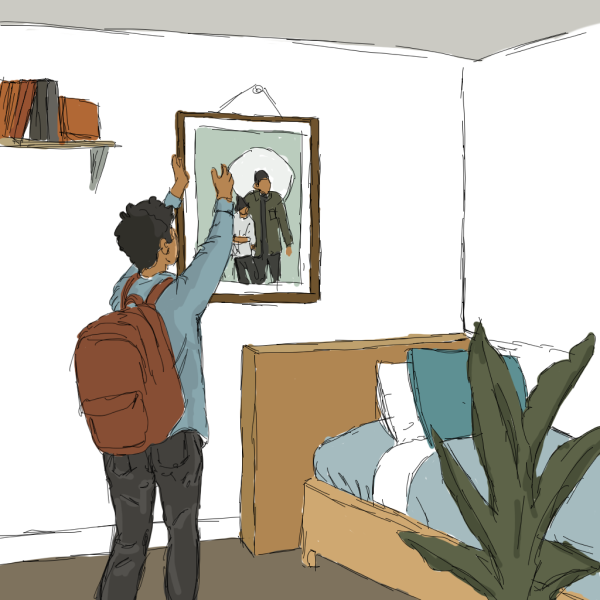



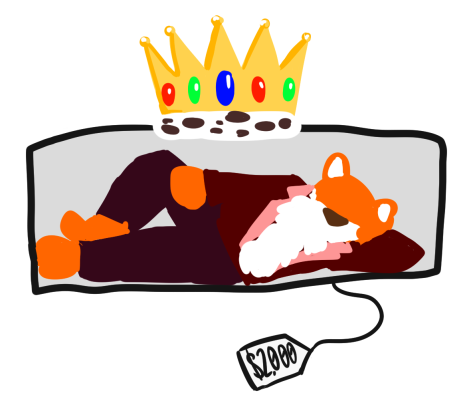

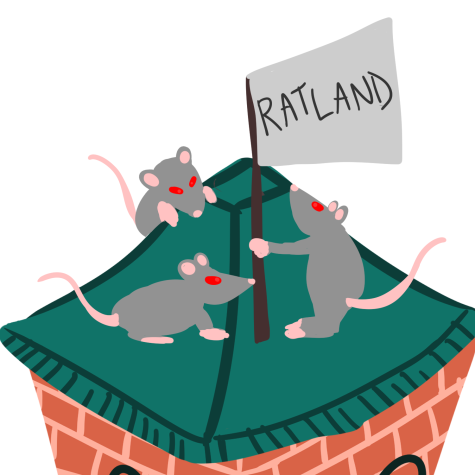


natasha • Mar 3, 2021 at 5:49 pm
YUKIKO omg jshsjsjs hi i love this and I how you wrote this and i’m so amazed that that column influenced you!